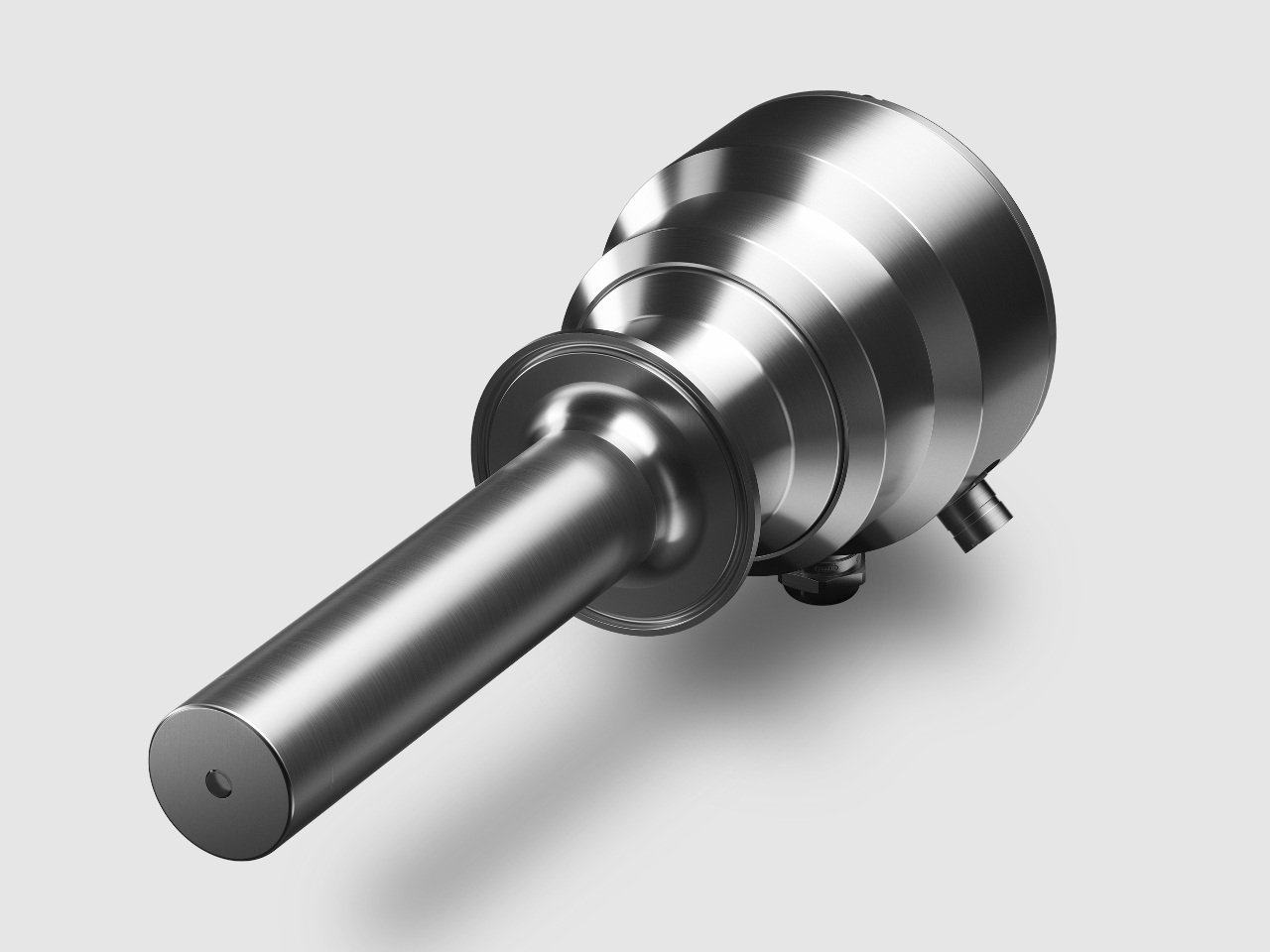Plasma ultrafiltration: Your refractive index questions answered
In case you have not yet seen this webinar, “Using refractive index to ensure quality & safety in blood plasma intermediate ultrafiltration,” you can watch now on demand. During the webinar, we received many excellent questions that we didn’t have time to answer. Here are all the questions, with answers:
Question: What is dn/dc?
Answer: This notation refers to the slope or sensitivity of how much the refractive index is impacted by a change in protein concentration. In the notation, n is the refractive index, c is the protein concentration, and d refers to a differential change. Scientific publications use the dn/dc notation to describe the relationship between refractive index and protein concentration.
Question: What is the lifespan of the Vaisala refractometer’s light source?
Answer: The LED light source in our refractometers is extremely durable; to date, we have not experienced any light source failures. We have customers with refractometer installations that are over 20 years old and still functioning well.
Question: Are there any parts in your refractometer that will need to be replaced over time?
Answer: Vaisala refractometers have no moving or consumable parts, nor are they susceptible to measurement drift. There is no need for replacement parts or recalibration. Vaisala offers special prism wash solutions that we recommend for demanding applications where pipe inner surfaces (and therefore also the prism) may become coated. However, for blood protein filtration applications, we would not expect any problems with prism coating.
Question: If the liquid is non-homogeneous, how is the refractive index able to indicate the partial concentration of just one component?
Answer: Refractive index is impacted by all constituents in the liquid; therefore, the refractometer always shows the total concentration (total dissolved solids), not a partial concentration of one component. In a blood plasma ultrafiltration application, where the liquid has many constituents and the non-protein matrix also affects the measurement, the protein concentration can be determined based on the difference in refractive index between both permeate and retentate from the ultrafiltration process.
Question: How will sucrose in the solution impact the protein concentration measurement?
Answer: Like proteins, dissolved sugars in the solution will also increase the refractive index. The amount of sugar can be determined from an earlier media preparation phase of the process, wherein only sucrose is present.
Question: We have a solution that contains 8% sucrose. The monoclonal antibodies (mAbs) concentration is ~120 g/L. Could we use a refractometer to measure?
Answer: Yes, we can measure the total concentration of the solution with refractometers, as both sucrose and mAbs affect the refractive index. In the ultrafiltration process, measurements from both retentate and permeate allow distinguishing the non-protein matrix.
Question: What communication protocols do the refractometers use?
Answer: The PR53 series refractometers have mA and Ethernet outputs. The Ethernet communicates based on the UDP/IP protocol, and details can be found in the PR53 series User Guide. Optionally, an additional FJB Fieldbus Converter can be used if Modbus/TCP, Modbus RTU, Ethernet/IP, PROFIBUS, or PROFINET are needed.
Question: Is the Vaisala refractometer’s measurement influenced by the matrix (nature and concentration)?
Answer: Refractive index is impacted by all constituents in the liquid; therefore, the refractometer always shows the total concentration value (total dissolved solids). Changes in the non-protein matrix (e.g., salt concentration) will also impact the refractive index, so both retentate and permeate measurements are important to control the ultrafiltration process.
Question: Can I directly integrate the refractometer signal into my skid or automation control system, or will I need to purchase the transmitter?
Answer: Vaisala’s refractometers can be used as stand-alone devices, meaning you can directly integrate the refractometer’s mA or Ethernet signal into your automation control system. The Web User Interface is included in the refractometer. The physical display units—Multichannel User Interface (MI) and Compact User Interface (CI)—are optional.
Question: Not really a question, but for refrigerated applications, reference measurements must be done with the standalone accessory on the process refractometer, as benchtop instruments cannot cool down below about 15 °C...
Answer: We are glad to hear that our laboratory test cuvette for the PR53AC refractometer, which allows thermostatization of the sample, is beneficial.
Question: Is it possible to have a report after validation to be saved for audits?
Answer: Yes. Our refractometer verification procedure is easy to perform and verifies that the refractometer meets the refractive index accuracy specification. The verification procedure provides a report of this.
Question: Is refractive index turbidity (e.g., particle) dependent?
Answer: Not exactly. Suspended solids or particles do not affect refractive index because it is a selective measurement for the liquid phase and dissolved solids. Therefore, turbidity is a different parameter than refractive index. If we consider very small particles, there is a point where particles can be considered dissolved and start impacting the refractive index.
Question: Can the refractometer be used for ethanol concentration measurement in plasma suspensions?
Answer: In principle, yes. Like all other constituents, ethanol concentration also affects the refractive index. A refractometer can’t selectively measure only the ethanol concentration in the plasma suspension. Rather, changes in ethanol concentration can be detected from the refractive index. We would need to learn more about your particular application. For example: what is the required accuracy or repeatability for ethanol concentration changes? What are the temperature conditions? Are there other constituents changing besides ethanol? Please contact us to discuss further.
Question: Is it possible to measure the protein concentration in a mixture of proteins and filter aid?
Answer: Yes, the refractometer can measure the total dissolved solids of the liquid. But to answer fully, we would need to discuss details such as what kind of filter aid is being used. This would help us determine any impact on the refractive index before ultrafiltration, as well as in the permeate and retentate.
Ask a question to learn more about how refractive index can benefit your application.
Learn more about refractometers in biotechnology and pharmaceutical applications.




Add new comment